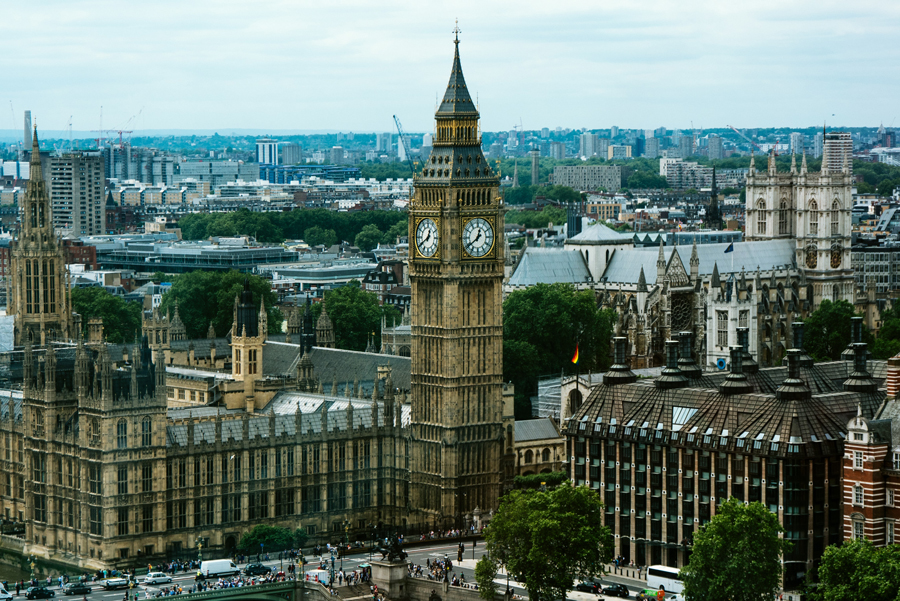Here’s what we think of the new National Disability Strategy
Richard Kramer, our CEO, explains how the new National Disability Strategy offers a glimmer of hope, but we’ll need effort and commitment from the government if it is to transform the lives of disabled people and their families.

For too long, disabled people and their families have faced inequalities in their day to day lives. Inaccessibility of transport and public spaces, not being able to access the services and support needed, and facing negative attitudes and discrimination are all common experiences for disabled people.
Any one of these things happening just once would be frustrating, but disabled people and their families face a myriad of inequalities in any given day. Much of these inequalities are hardwired into our society, policies and attitudes.
Now, more than ever, we need a long term plan
The Covid-19 pandemic has further highlighted the inequalities that disabled people face, as well as creating many more. Many disabled people have told us that they feel forgotten, that their lives are seen by government as being of less value and that their communities have closed up to them.
Now, more than ever, we need a long-term plan and commitment to tackling inequalities. We need to remove the barriers disabled people face and create a more inclusive society.
The National Disability Strategy, announced two years ago, promised this, billed as a “commitment by the government to achieve changes that will help remove barriers and improve outcomes and opportunities for disabled people.”
The Prime Minister went further, describing it as being “the most ambitious endeavour on disability in a generation” which will deliver the “greatest contribution to the lives of disabled people in our nation.”
We fear that it’ll do little to tackle inequalities
The reality is that the long-awaited strategy, published today, will disappoint many, falling a long way short of delivering on its promise to transform the lives of disabled people and their families.
There are glimmers of hope within the 117-page document. Not least among them, the indication that the government is serious about a new way of approaching policy and decisionmaking at a national level.
But without concerted effort and commitment from the government in the coming months, we fear that this strategy will do little to tackle the inequalities facing disabled people and their families.
The ambition and vision set out by the government will amount to nothing if it’s not matched with tangible actions and a commitment to future funding to deliver them.
Missed opportunities
There are certain missed opportunities that stand out to me in my position as the leader of a national organisation that supports people with complex disabilities and families.
Social care matters too
Disabled children are only talked about in the context of education, but children and families need the support of vital health and social care services such as physiotherapy, speech and language therapy and short breaks so that families can care for their children effectively.
Given that half of social care spend is allocated to disabled adults, we hoped that the strategy would champion the case for more investment in social care services for disabled people. It also fails to recognise the role that social care plays in tackling loneliness, enabling community participation, access to employment, transport and more.
We need innovative approaches
Many of the policies and actions outlined in the strategy are already in motion and committed to by government. We need to see new and innovative approaches, breaking down the barriers between government departments.
Alongside this, we must recognise the strategy needs to work for all disabled people including adults with complex disabilities. We would like to see a greater focus on the specialist support around employment, recognition of the role of volunteering, and steps for tackling the specific inequalities they face in society.
Disabled people must be at the heart
It goes without saying that the only way to measure the success of a National Disability Strategy is if it truly transforms the lives of disabled people. Disabled people must be at the heart of this strategy as it progresses, with clear channels for them to be able to hold the government to account.
What comes next is crucial
The success of this strategy will lie in what comes next – the hard work begins now. I hope that when we look back in a year’s time we’ll see this as the start of transformation.
At Sense, we’ll continue to hold the government to account on what matters to the people who we support. May this be a strategy that brings a positive legacy of change, and not another policy that gathers dust on a shelf.
Get the latest in your inbox
Sign up for emails and we’ll send you regular updates featuring personal stories, news about things like the National Disability Strategy, and ways to get involved in our work.

